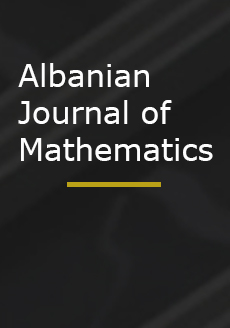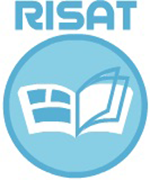Abstract
We say that the sequence of polynomial transformation bijective maps of free module over commutative ring is a sequence of stable degree if the order of is growing with and the degree of each nonidentical polynomial map of kind is an independent constant . A transformation , where is affine bijection, is large and ”” is relatively small, can be used as a base of group theoretical Diffie-Hellman key exchange algorithm for the Cremona group of all regular automorphisms of . The specific feature of this method is that the order of the base may be unknown for the adversary because of the complexity of its computation. The exchange can be implemented by tools of Computer Algebra (symbolic computations). The adversary can not use the degree of righthand-side in to evaluate unknown in this form for the discrete logarithm problem.
In the paper we introduce the explicit constructions of sequences of elements of stable degree for cases for each commutative ring containing at least regular elements and discuss the implementation of related key exchange and public key algorithms.
Funding Statement
Research supported by a project ”Human - The Best Inwestment”. The project is co-funded from the sources of the European Union within the European Social Fund.
Citation
V. Ustimenko. A. Wroblewska. "ON THE KEY EXCHANGE WITH NONLINEAR POLYNOMIAL MAPS OF DEGREE ." Albanian J. Math. 4 (4) 161 - 170, 2010. https://doi.org/10.51286/albjm/1292431792
Information





